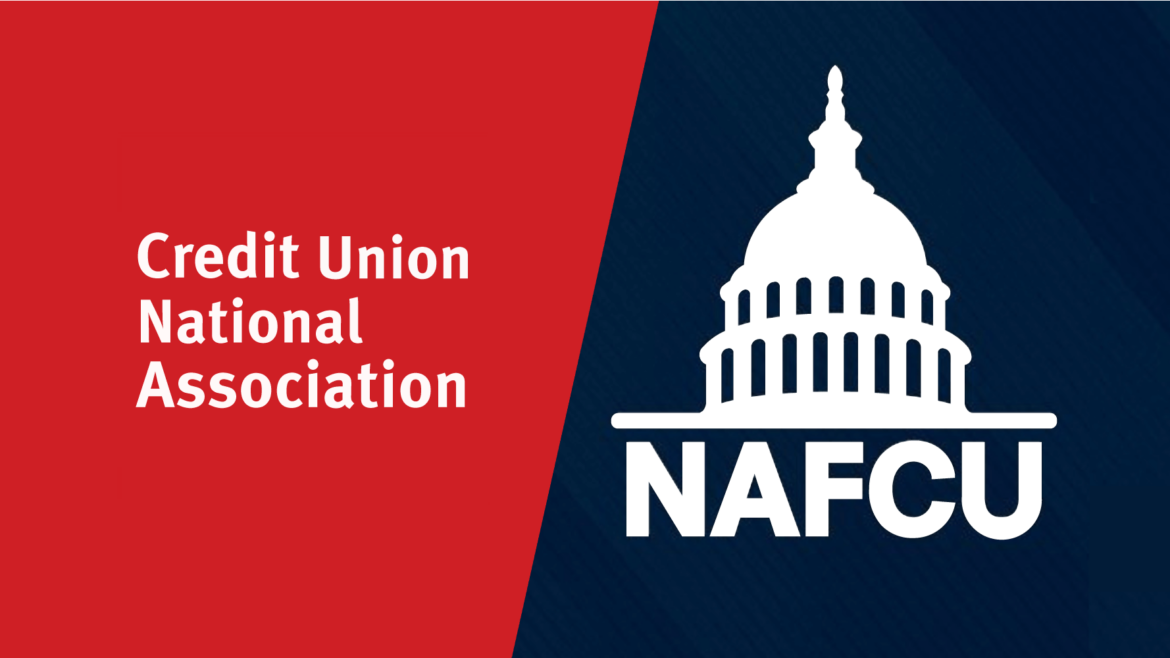On August 1st, the Credit Union National Association (CUNA) and the National Association of Federally-Insured Credit Unions (NAFCU) announced their intent to merge the two organizations. The merger of the two largest credit union trade associations would result in the creation of a new organization, America’s Credit Unions.
As part of the merger, Jim Nussle, President and CEO of CUNA, will serve in the same capacity for the new association. Dan Berger, the President and CEO of NAFCU, had earlier this year announced his intent to step aside from the organization ending his time with NAFCU at year-end.
In the announcement, Nussle said: “By bringing together these two powerful credit union associations we are doubling down on our commitment to ensure the growth and prosperity of all credit unions across the nation and the 137 million Americans they serve. We look forward to uniting CUNA and NAFCU in what will be an exciting new chapter ahead, and we’re thrilled about the opportunities this will create for our members, employees, and business partners.”
While the boards of directors and executive committees of the two organizations voted unanimously to approve the merger, it is still subject to approval from the members of both organizations. As we dig a little deeper into the merger and the initial response, let’s first touch on what exactly a trade association is and how CUNA and NAFCU started.
What is a trade association?
Trade associations are organizations formed and funded by businesses operating within that industry. Essentially, they serve to collectivize the advocacy of those business’s interests. In a similar way to how a cooperative credit union service organization might be formed to provide many credit unions with a specific service, a credit union trade association might be formed to provide its members with services such as education, advertising, and—as tends to be a primary focus in America—lobbying.
But why join a trade association if you know you can benefit from their lobbying without being a member? After all, if their work does happen to change regulations or rules surrounding the industry, won’t it also benefit you?
Well, yes, but it comes at the cost of reducing the possible resources those trade associations have at their disposal to work with. Not to mention the other benefits and services that trade association may offer its members. If too few join, the advocacy aspect of that organization is weakened.
History of CUNA and NAFCU
When it comes to the credit union industry, CUNA and NAFCU have been the two biggest trade associations, the former having been around since 1934, the same year the Federal Credit Union Act was passed.
To set the stage for the Credit Union National Association’s formation, we must look a little further back to the early history of credit unions in America. As Edward Filene worked to spread credit unions in the 1910s, he joined forces with Roy Bergengren and eventually formed the Credit Union National Extension Bureau in 1921. In the first four years of its formation, the number of credit unions doubled and more states passed credit union laws.
By 1934, 26 states had passed legislation making the formation of credit unions possible. Due to the success of CUNEB, the Federal Credit Union Act was drafted and signed into law by President Roosevelt. Feeling as though CUNEB had served its purpose, the organization was dissolved. Credit union leaders, however, needed a traded association to advocate on their behalf, and so the Credit Union National Association was formed with Roy Bergengren serving as its first director.
In the decades that followed, the credit union industry would continue to expand rapidly. Credit unions did not have share insurance except for those belonging to private insurance cooperatives. Losses to credit union members were minimal, but there was a growing divide among credit unions on the topic. Many smaller credit unions felt deposit insurance was both unnecessary and burdensome. CUNA backed these credit unions by publishing a 1954 study titled “Why Share Insurance Is Unnecessary and Undesirable,” and even going so far as to state that the issue of share insurance was one of “freedom vs. bondage.”
Larger federal credit unions, however, disagreed and wanted federal protection for depositors. As CUNA would not serve their interests on the matter, they organized to form the National Association of Federal Credit Unions in 1967 to take up the issue. As Chip Filson writes, “NAFCU’s origin story in the early 1970s was to advocate for a federal insurance option, a position on which CUNA was extremely skeptical. CUNA feared federal insurance would mean the dual chartering system and cooperative solutions would be subjugated to federal control and uniformity. Both trade groups were right.”
NAFCU would win out on this particular issue, with Congress enacting a federal program and CUNA reaching a compromise with NAFCU to shape the final legislation. Since then the two trade associations have often worked together to advocate for causes, but have occasionally veered away from each other on key issues.
What it means
So what exactly would it mean to have the two biggest credit union trade associations merge into a single entity? In a video statement promoting the merger and asking for voting institutions’ support, Berger said, “…combining the best of two great associations into one is the right thing to do for our industry. For you as members and for your communities. Together we can be more effective and efficient. Together we can have a stronger voice in Washington. Together we can deliver more value to you, our members.”
“We pledge to you today that America’s Credit Unions will make maximizing the value of your membership a top priority,” added Nussle. “We know that credit unions are America’s favorite place to bank. That’s why we’ll work diligently to align products and services with your needs and the needs of your members and communities. We’ll continue to ensure that you’re safe and sound for millions of members and businesses and partners who put their trust in your credit union.”
Combining the resources of the two major organizations into a single entity may give the industry more firepower behind a unified voice aimed at pushing for initiatives that will benefit credit unions and members. In a blog post from Berger, he wrote, “That’s what this transformation to America’s Credit Unions is about: Coming together to fortify the industry and protect its mission. To lift all with one voice. Our fight is against burdensome regulation and bad actors, and in defense of consumers who need safe, secure, and reliable financial services the most. Not amongst ourselves.”
Is it a good thing?
While the idea of a unified trade association has its appeal for the industry, it does come at some costs. Though the two organizations often were aligned in their advocacy goals, they could at times differ in their opinions as to how potential legislation was beneficial or harmful to their members.
Berger’s implication is that this merger will serve to prevent the industry from fighting amongst itself, but is that a good thing? Aren’t competing views what drive better solutions? If not for the formation of NAFCU, there might not be centralized share insurance, or at the very least it might have taken longer to come about.
In an initial reaction to the merger announcement, Chip Filson wrote, “Ed Callahan used to observe, people will do what they know. Meaning they revert to the actions with which they are comfortable. In this case, a single national trade association could result in just more resources devoted to political lobbying, PACs, and PR tacking with each change in the political and economic winds. . .Without a plan for what the system should strive to be, a CUNA-NAFCU merger could just perpetuate the status quo but absent an important forum for dissenting views.”
And absent that forum for dissenting views, credit unions may find their voice is actually slipping away from them. As long-time industry expert, Randy Karnes wrote in response to the announcement, “The merger signals a call to a new focus on self-reliance.”
As Nussle and Berger make the rounds in the coming weeks, continuing to push for member support and a vote to approve the merger, they will need to counteract the many voices of CEOs and other leaders who can see both the pros and cons of the arrangement.
“Things will change – but for the best,” wrote Berger in his blog. Whether this will ring true depends on the voters and the future.
























































